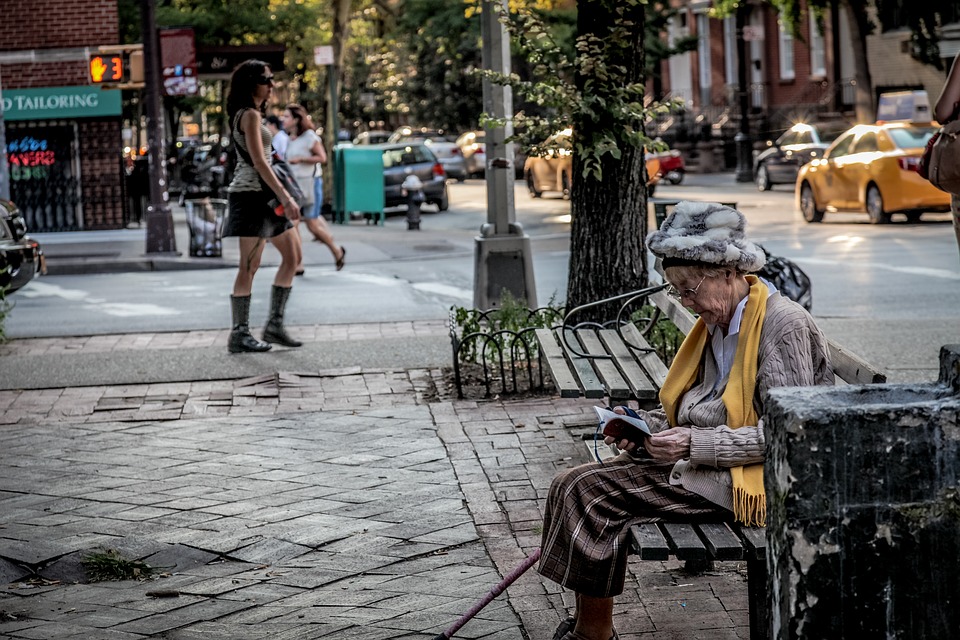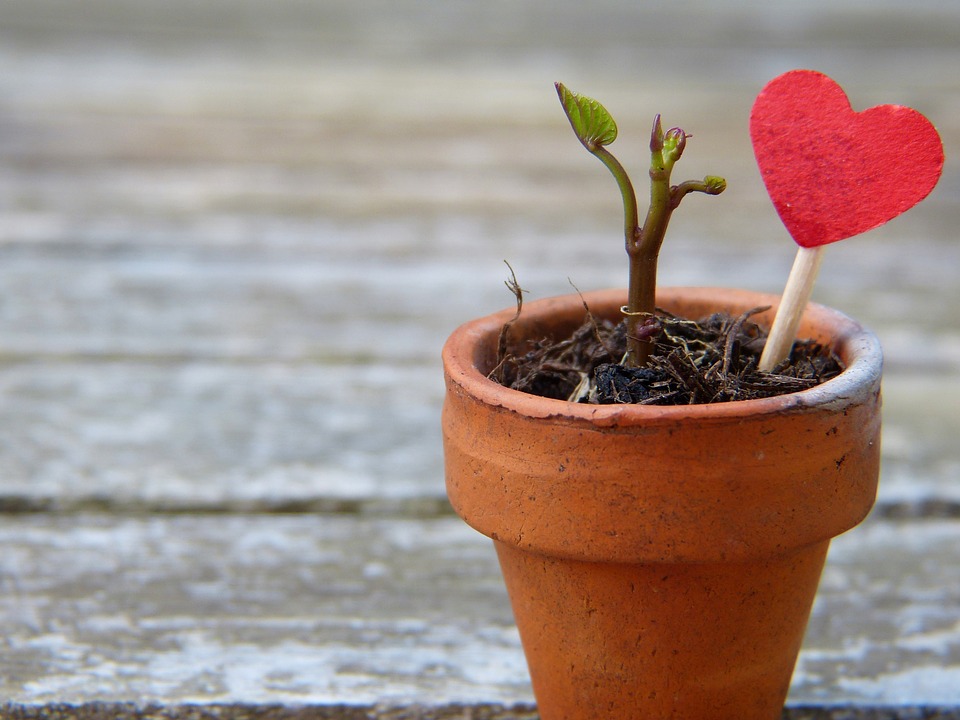
How You Move Matters
Free Alexander Technique Exercises, Tips, and Resources
Words: Choosing My Emphasis (Plus Free AT Exercise)
How do we choose our words?
I’m a bit awed by the power of words and frustrated by the abuse of this power in forums like twitter. I have to admit some fatigue at how difficult it is to dodge the effect of words, so that sometimes I try to rush past them or tune them out! They touch off very deeply felt beliefs, evoke past experiences and plant the seeds of our impulses.
We’ve been grappling with the impulses born from words in the studio lab this past month. We’ve explored ways of being through embodying the catalyst of a word: communicating through gesture, breath and action. We found ways of expressing monologues non-verbally, without sound. This month we are speaking the words, connecting thought, gesture and sound.
Spoken words resonate. The sounds waves resonate through our bones, while the associated meaning changes our way of being. Words offer choices in how we handle them and examine them. How we place emphasis is a choice that shifts the impact of a word. Just by slowing down a bit, we can notice the effect of our choices of emphasis on meaning.
I like to play with meaning and emphasis while I’m walking down the street.
Try this:
An Experiment- "Words and walking”:
Try this experiment about emphasis and embodied meaning the next time you are walking…
Start with this simple, true statement: I AM WALKING ALONG THIS STREET.
Divide it into 3 possible emphases: I, WALKING, STREET (who, what, where)
Play with emphasis.
1) Let’s start with the emphasis on “street."
I am walking down this street - this particular street. What is around me on this street? What is in my immediate field of attention? Am I passing under a sidewalk shed, past construction? Are there trees? Trash? Other people? What kinds of buildings are along this street? Are there cars passing by quickly or is the traffic dense and slow? Looking up, I can see the sky and feel the quality of the air, the humidity, the temperature variations, is there a breeze on this street? This street, right now!
2) Now emphasize “walking."
What am I doing? Oh, I’m walking! What’s going on with my walking? Am I earnestly attending to the efficiency of my walk? Or am I mostly oblivious to the sensations of walking? Do I dare try out a funny walk in public? What are some of the specifics of walking? How are my legs swinging? How do my feet contact the ground? Can I sense my rhythm? What are some of the AT cues I’ve been using for walking - like letting my knees release forward, easily, from the back of my knee? Can I release extra weight or tension as I walk? What about Alexander’s simple self-directions: let my neck be free so that the weight of my head releases up and out of my spine, let my back spring up tall and wide and deep, let my arms swing easily at my sides, let my legs release away from my head and use the ground.
Walking!
3) Now play with the emphasis on “I."
Here I am! I. Me. I’m the one walking, with ease if I choose it. I’m the one deciding where to go next, I walk along this street and so I am essential to this place and this moment. Every step I take is happening NOW and now and now. Here I am and you can see me! I’m here, aware of my surroundings and with inner sensation… I’m walking with my own private history and beliefs. I am.
And finally, equally emphasize all three elements: I AM WALKING ALONG THIS STREET.
Each choice of emphasis is more than a choice of words: it’s a choice of perspective. The experience of each word evokes a different way of being within the same activity.
Backstage Article: How to Stay Grounded and Avoid Freezing at an Audition
Belinda has been brought on as a Backstage Expert guest writer. Check out her first article on how to stay grounded and not freeze at an audition.
The article was written to help demystify stage fright and provide readers with tools and games to practice on overcoming nerves.
Soften Rather Than Harden into Resistance
“The trick to doing this is to stay with emotional distress without tightening into aversion, to let fear soften us rather than harden into resistance.”
I recently shared a quote from the Buddhist monk Pema Chödrön about a practice for developing compassion. She proposes building empathy by imagining ourselves in a distressed person’s shoes, feeling what it’s like to be in dire circumstances. “We can expect to experience our fear of pain,” she reminds us, “Compassion practice is daring.” She invites us to learn to “relax and allow ourselves to move gently toward what scares us.”
What scares us in dire circumstances is related to what scares us in daily life. We can practice building our empathy by practicing ease in the face of daily distress. And we certainly have plenty of daily stimuli. Dealing with anything unexpected or unfamiliar can throw us off. We fear pain and also we fear the emotional stress being wrong. Many of us fear feeling the humiliation of being seen caught in a mistake. Avoidance of feeling shame keeps many people in the shell of habit, away from engaging in change.
Alexander Technique isn’t Buddhism or any kind of spiritual practice. But it does offer a means for change and receptivity. Sometimes in AT lessons, we feel unfamiliar with changes in posture or breathing. When a person is guided toward a more integrated physical presence they feel often feel more open, but also less like their usual self. Sensations, previously avoided, may be felt again.
Taking an AT lesson involves the audacity to gently and consistently let go of patterns while choosing to stay easy enough to feel more of… everything. Capable of a wide range of experience, we are designed to include it all. This is a great time to develop compassion!
Practice:
Make a tight fist. Now soften your hand and let it open and expand.
Repeat and notice the sensation of ease and un-doing. Notice how the sensation of expansion is light and multi-dimensional.
Now do the same with your neck, just for a moment. Tighten and sense how compressed your whole body becomes. And release the tightness! Sense how springy you are, how you can rebound up and out when you release your neck tension. You probably took a deep breath, too.
Without adding more tension this time, simply ask for another level of undoing in your neck. Notice how you feel when you do this – emotionally.
Can you continue to practice this simple act of softening when you see the news about refuges and immigrants? Or global warming?
Can you continue to practice this simple act of softening while you write your Mom a postcard or make a phone call?









